Order: Passeriformes. Family: Hirundinidae
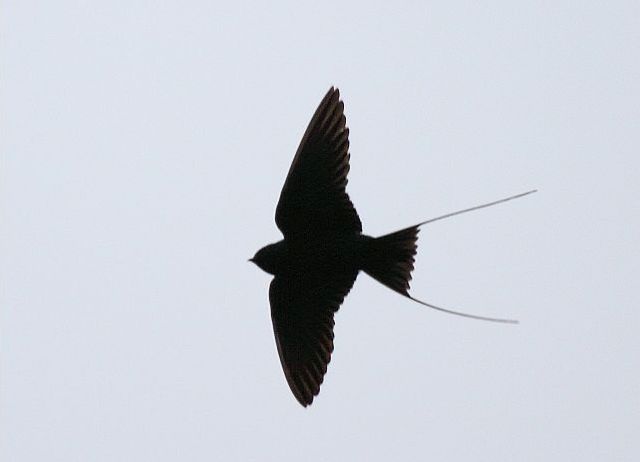
Description
Length 18-25 cm. It is a distinctive glossy dark blue, not black plumage, longer outer tail streamers and the tail held square not forked. From close may display scattered white feathers on neck, rump and flanks.
Sexes are similar. The male has longer outer tail feathers and glossier blue underparts.
Juvenile is sooty black and lacks metallic gloss of adult. Throat and chest brownish and belly black.
Distribution
Rare and localised, it has disjunct populations in Uganda and north-eastern DRC, southern Tanzania, southern Malawi and southern Africa. Here it has small breeding populations in Zimbabwe's eastern highlands and the eastern Escarpment in South Africa and Swaziland, with a separate population in the mistbelt veld just east of Lesotho in KZN.
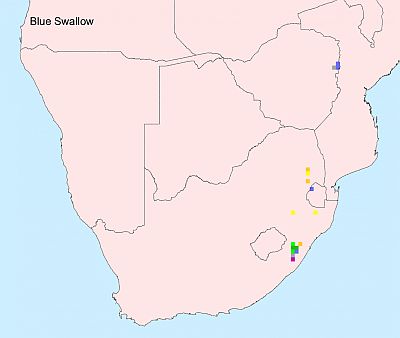
Habitat
It occurs in montane grassland with high rainfall and streams forming shallow valleys, dongas and potholes. It can also be seen in montane sourveld in many parts of its South African range.
Movements and migrations
Intra-African breeding migrant, it is present in Zimbabwe from late August to mid April and in South Africa from October to April. It migrates in flocks of about 40 birds to east Africa in the non-breeding season.
Diet
Aerial insects caught over low grass, usually foraging in flocks of 4-5, catching prey near the ground.
Breeding
Monogamous, strongly territorial solitary nester; breeding pairs vigorously chasing other swallows away from their territory. It often produces two broods per breeding season. Nest construction starts around October, with both sexes collecting mud while simultaneously mixing it with grass. This mixture is then evenly applied to form a half-bowl, which once completed is lined with dry grass, fine roots and white feathers (possibly to help them find the nest in the dark). It is usually placed in the sloping wall of a pothole, donga, riverbank or Aardvark burrow. In some areas (especially Mpumalanga) most nests are placed in old mine workings. There are also a few records of nests in road culverts and buildings. Egg-laying season is from October-March, peaking in South Africa during December-January. It lays 2-3, rarely 4 white eggs, which are incubated solely by the female for 14-17 days. The chicks are fed by both adults, leaving the nest after approximately 20-26 days.
Call
Female gives high-pitched nasal hee-hee-hee call. Both sexes have a soft wheezy chip or chip-chip notes.
Status
Rare and critically endangered in South Africa due to habitat loss. The blue swallow is classified globally as Vulnerable (VU) on the IUCN Red List. Localised breeding intra-African migrant.



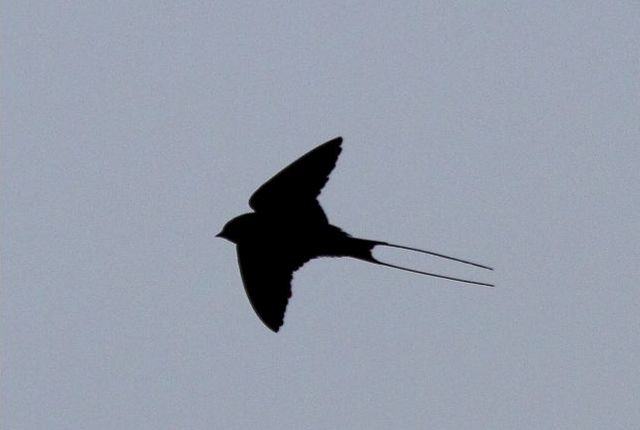
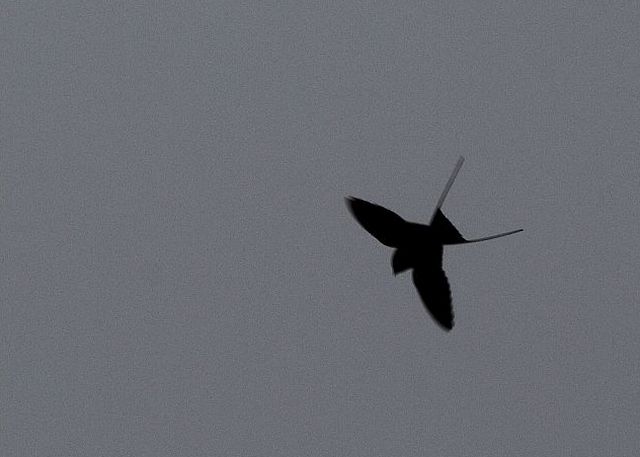

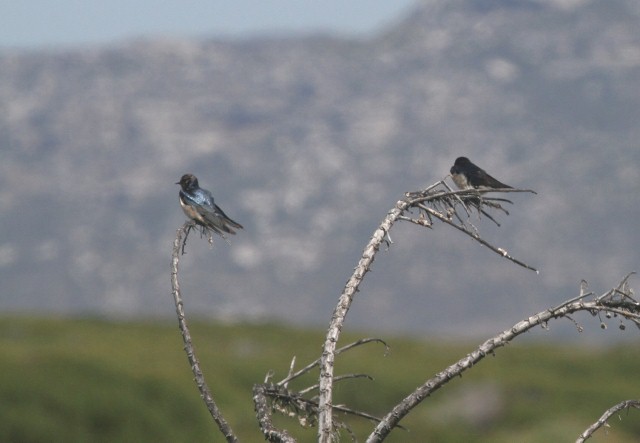
 © Grumpy
© Grumpy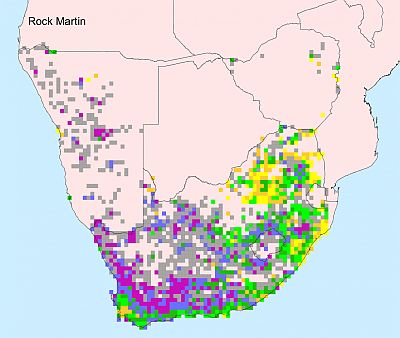
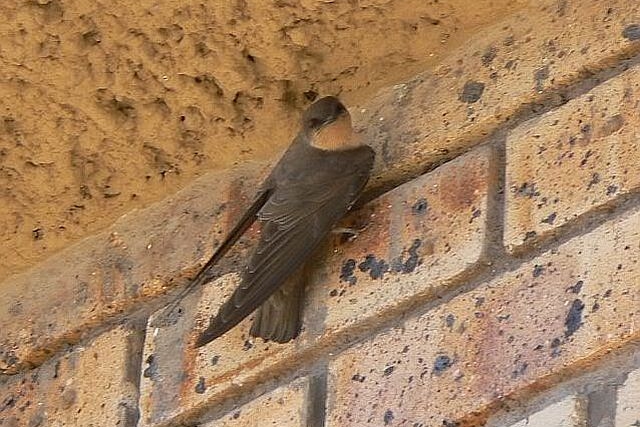 © Toko
© Toko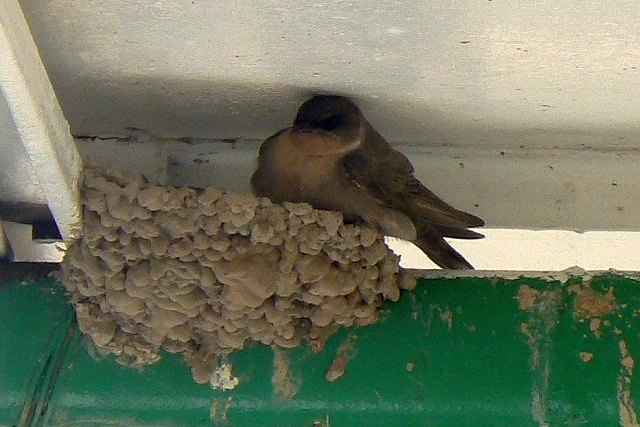 © Toko
© Toko © ExFmem
© ExFmem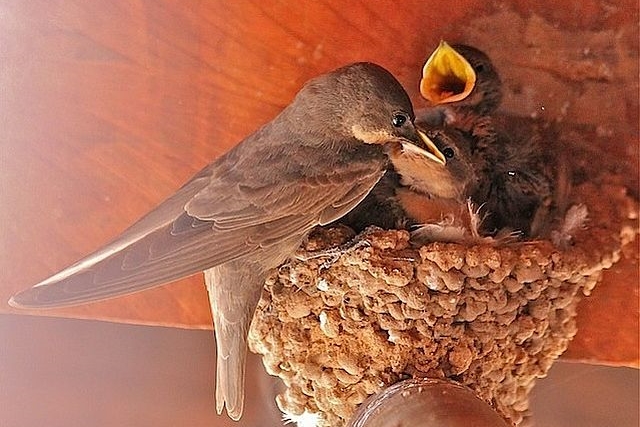 © ExFmem
© ExFmem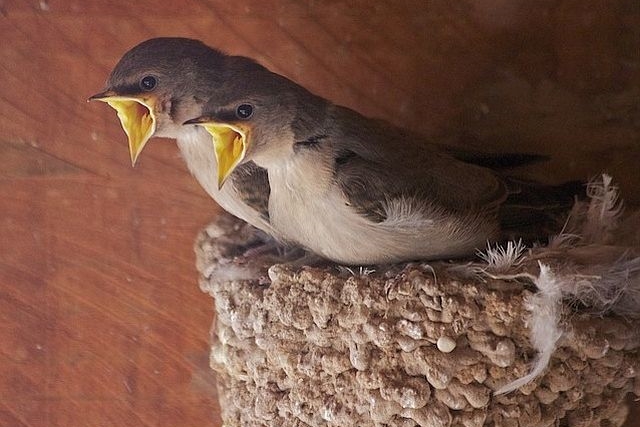 © ExFmem
© ExFmem © leachy
© leachy
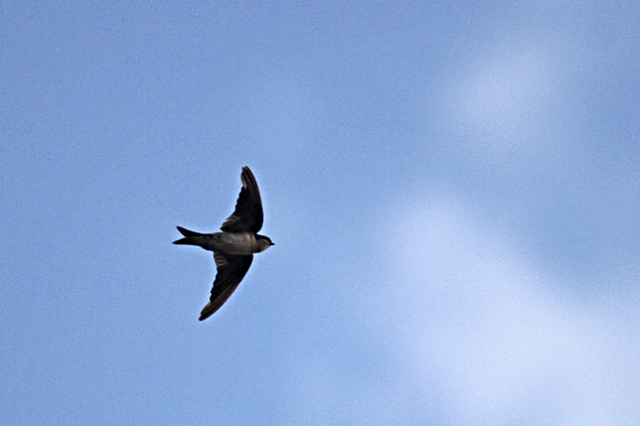 © leachy
© leachy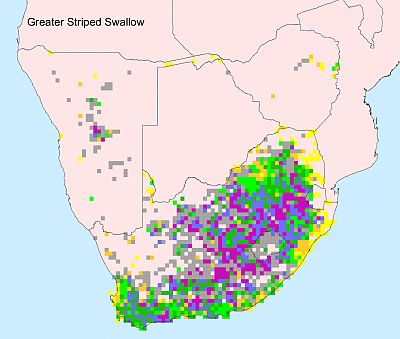
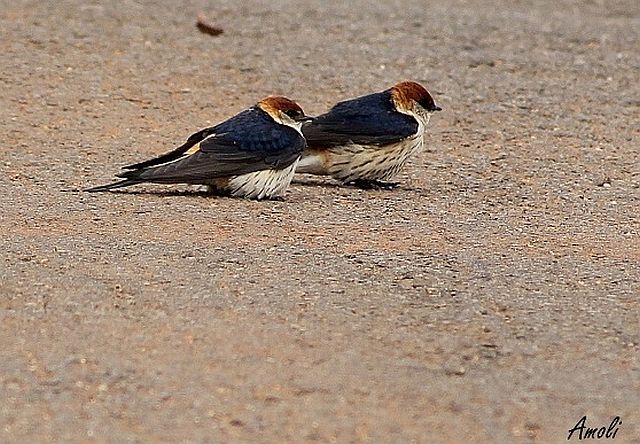 © Amoli
© Amoli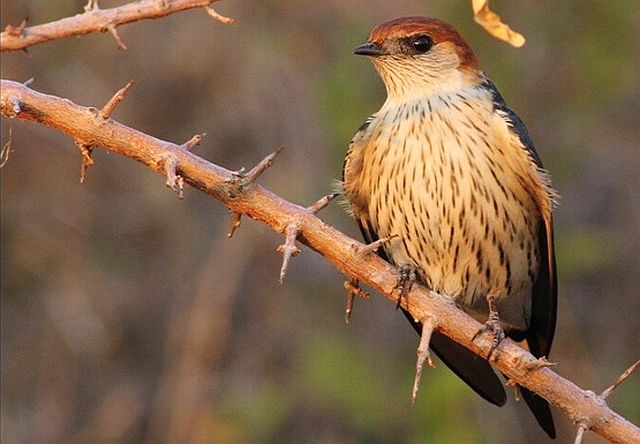 © Amoli
© Amoli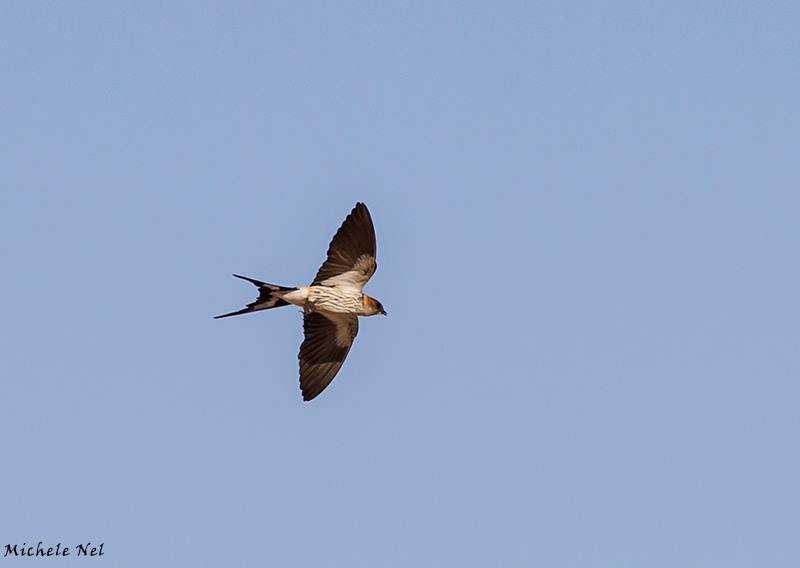 © Michele Nel
© Michele Nel